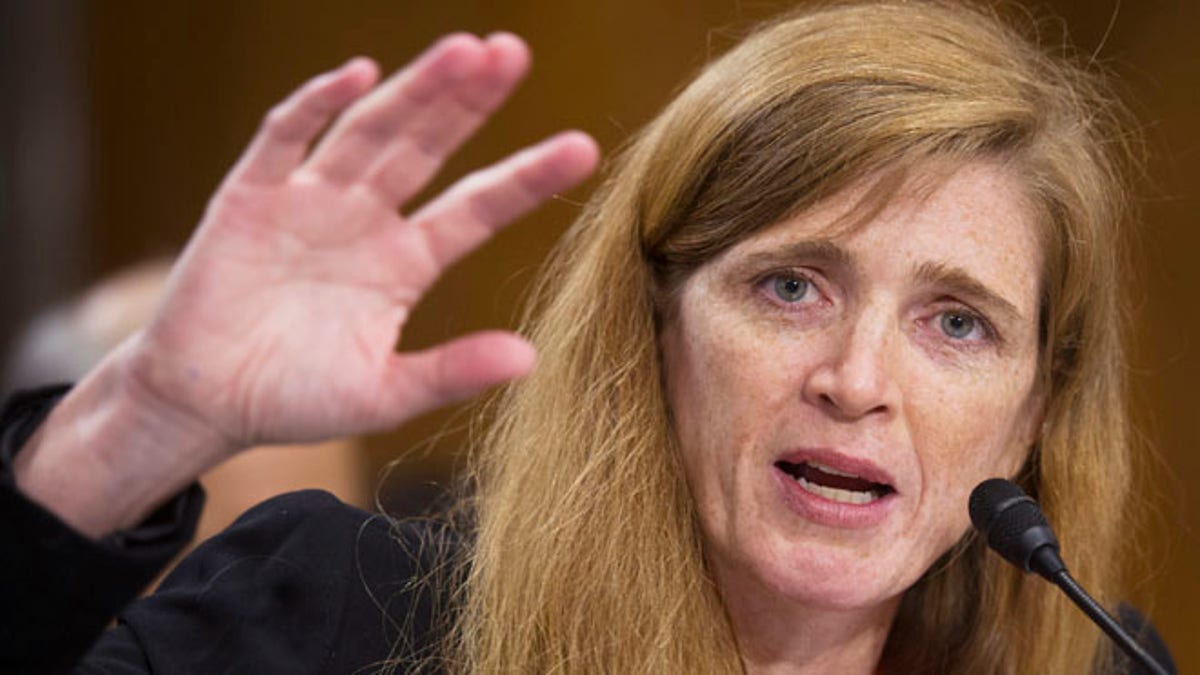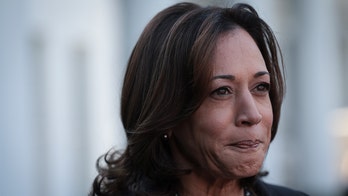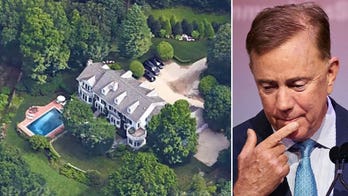
FILE: July 17, 2013: U.S. Ambassador to the U.N. nominee Samantha Power testifies on Capitol Hill in Washington, D.C. (AP)
WASHINGTON – America’s ambassador to the United Nations raised the specter of genocide in Syria, after officials this week sounded the alarm about spiraling violence in that country’s civil war.
Gruesome photos of purported civil war victims were shown earlier this week to the U.N. Security Council, depicting corpses with bones protruding and eyes gouged out. It was a haunting and grisly reminder that, as Ukraine and other trouble spots grab international attention, Syria is crumbling under the weight of a vicious war.
Speaking at a U.N. Security Council briefing on genocide, U.S. Ambassador Samantha Power on Wednesday compared the fighting in Syria to the genocide in Rwanda 20 years ago.
She described the photos of Syrian prisoners as showing “systematic, industrial-style slaughter and forced starvation killings” – photos which, she noted, were from just three of the 50 Syrian-run detention centers.
“And to that we can add the Syrian victims of chemical weapons attacks, the children felled by barrel bombs and those being starved to death in besieged towns and villages, or those executed by terrorist groups,” said Power, who has written extensively on genocide. “Twenty years from now, how will we reflect on this Council’s failure to help those people? How will we explain Council disunity on Syria twenty years after Rwanda?”
The administration does not label the deadly Assad campaign against rebels a genocide – though a Syrian opposition leader reportedly did use that term earlier this month in a letter to Secretary of State John Kerry -- and the photos shown to the U.N. were disputed by the Syrian government.
But the images coincided with other warnings about the spiraling state of the Syrian civil war. The U.N. Security Council was also meeting Thursday afternoon on violence in the Syrian city of Homs, where some of the worst fighting is taking place.
While many warn Bashar Assad and his lieutenants are using ruthless tactics against the opposition and civilians, others warn that the entire battlefield has become a magnet for terrorists exploiting the unrest.
“This is a huge and growing international threat that’s like nothing I have ever seen,” Rep. Mike Rogers, R-Mich., chairman of the House intelligence committee, said on Fox News Radio’s “Kilmeade and Friends,” referring to the Al Qaeda presence in eastern Syria. “We can’t get the president or his administration engaged to understand that you just can’t hide from it -- because it is not on the front page of the paper does not mean it is not a threat to the U.S. or our allies.”
The Obama administration last year backed off threats against the Assad regime after allegations of chemical weapons use, with an agreement for Assad to remove his chemical weapons.
While that process has been slow, reports of a chemical gas attack surfaced again over the weekend.
What exactly happened Friday in Kfar Zeita, a rebel-held village in Hama province some 125 miles north of Damascus, remains unclear and likely won't be known for some time. But online videos posted by rebel activists from Kfar Zeita echoed earlier images that sparked a world outcry, showing pale-faced men, women and children gasping for breath at a field hospital. They suggest an affliction by some kind of poison -- and yet another clouded incident where both sides blame each other in a conflict that activists say has killed more than 150,000 people with no end in sight.
The White House and State Department said this week that officials are still looking into the claims.
As for what support the U.S. is now offering the opposition, State Department spokeswoman Jen Psaki would not directly confirm reports that one group received U.S.-made anti-missile tanks.
“The United States is committed to – and has been consistently – to building the capacity of the moderate opposition, including through work with our international partners,” she said. “And that also includes through the provision of assistance to vetted members of the moderate armed opposition.”
White House Press Secretary Jay Carney, though, reiterated that the administration’s view is “there’s not a military solution” – he said Assad “will never again rule all of Syria,” but the situation must be resolved “through a negotiated political settlement.”
The images shown earlier this week to the Security Council indicate a settlement may be a long way off.
France, which hosted the presentation at the Security Council and a showing of the images afterward at a news conference, said they are evidence of war crimes by the government of Assad.
The veracity of the photos could not be independently confirmed.
Syria's Justice Ministry has dismissed the photos and accompanying report as "politicized and lacking objectiveness and professionalism," a "gathering of images of unidentified people, some of whom have turned out to be foreigners." The ministry said some of the people were militants killed in battle and others were killed by militant groups.
Among the new photos was an image of at least a dozen bodies laid out on the floor of a warehouse, being wrapping in plastic sheets with men in military garb standing among them.
One of the authors of the report, former Sierra Leone Special Court prosecutor David M. Crane, said it was firm evidence of "industrialized systematic killing."
"They died in agony over months of starvation and torture, and then almost mercifully were executed," Crane said. "Doesn't this bring back some interesting images from Dachau, and Auschwitz, and Bergen-Belsen?" Crane observed, sitting in front of the grisly procession of photos projected behind him in a U.N. news conference.
The Associated Press contributed to this report.




